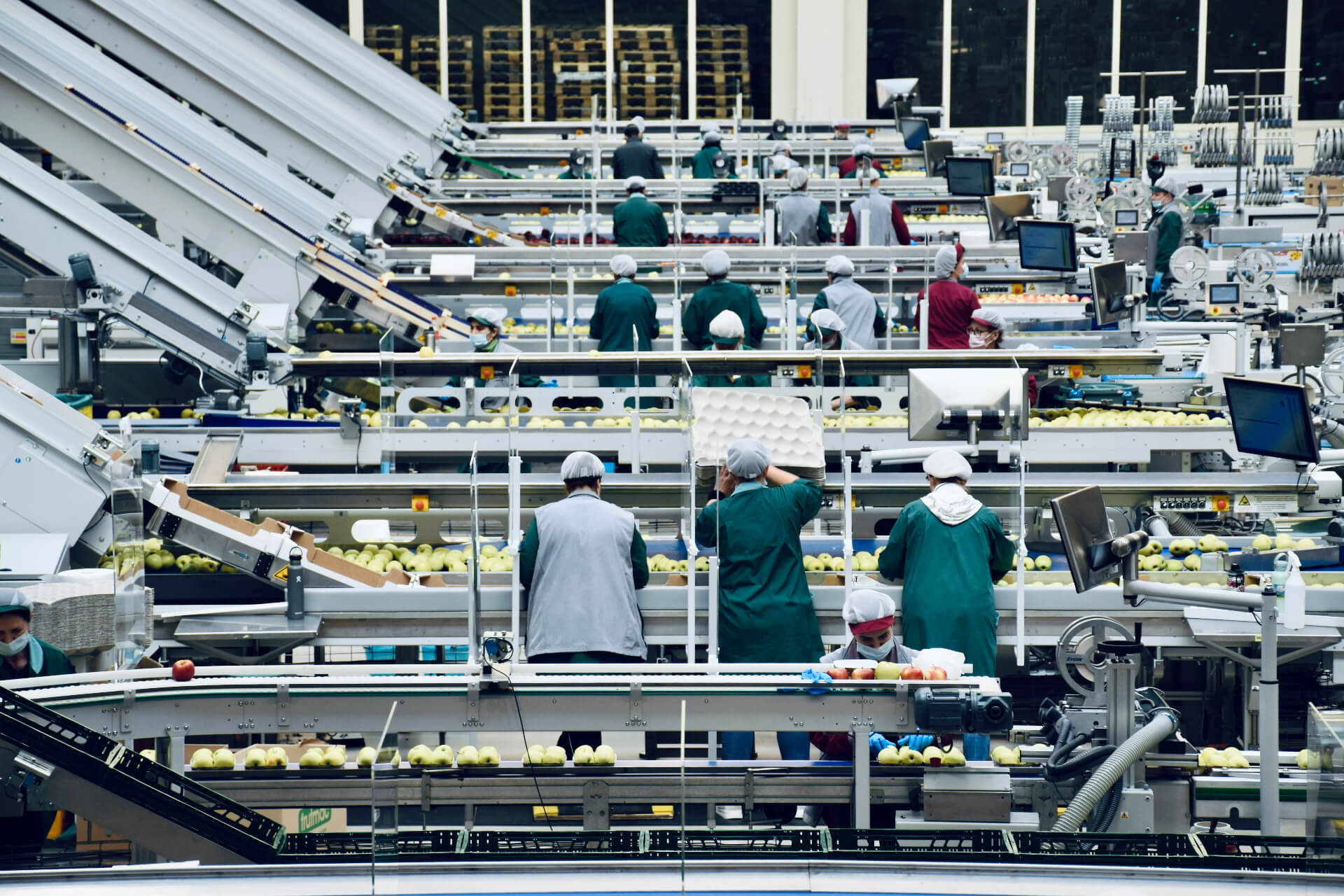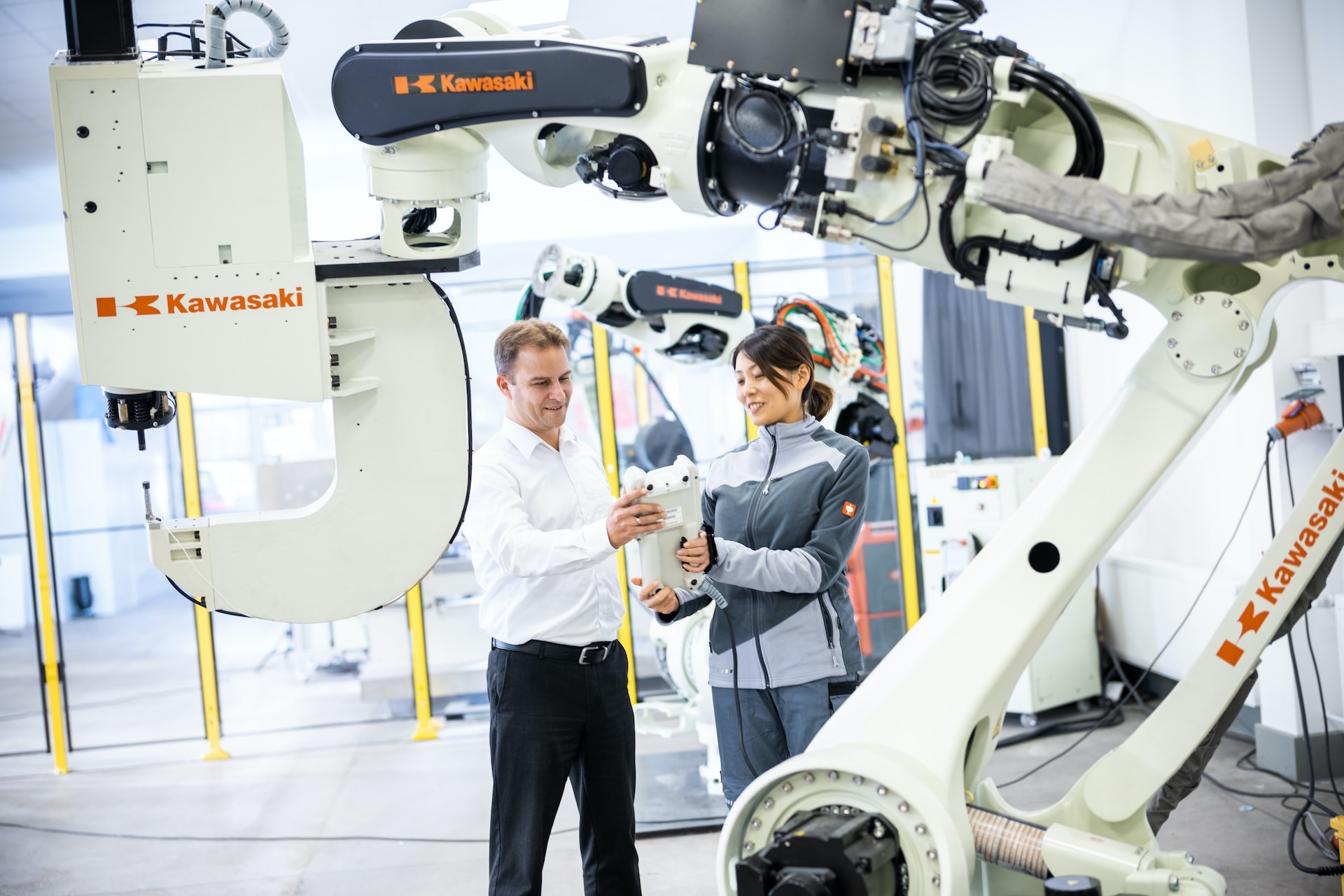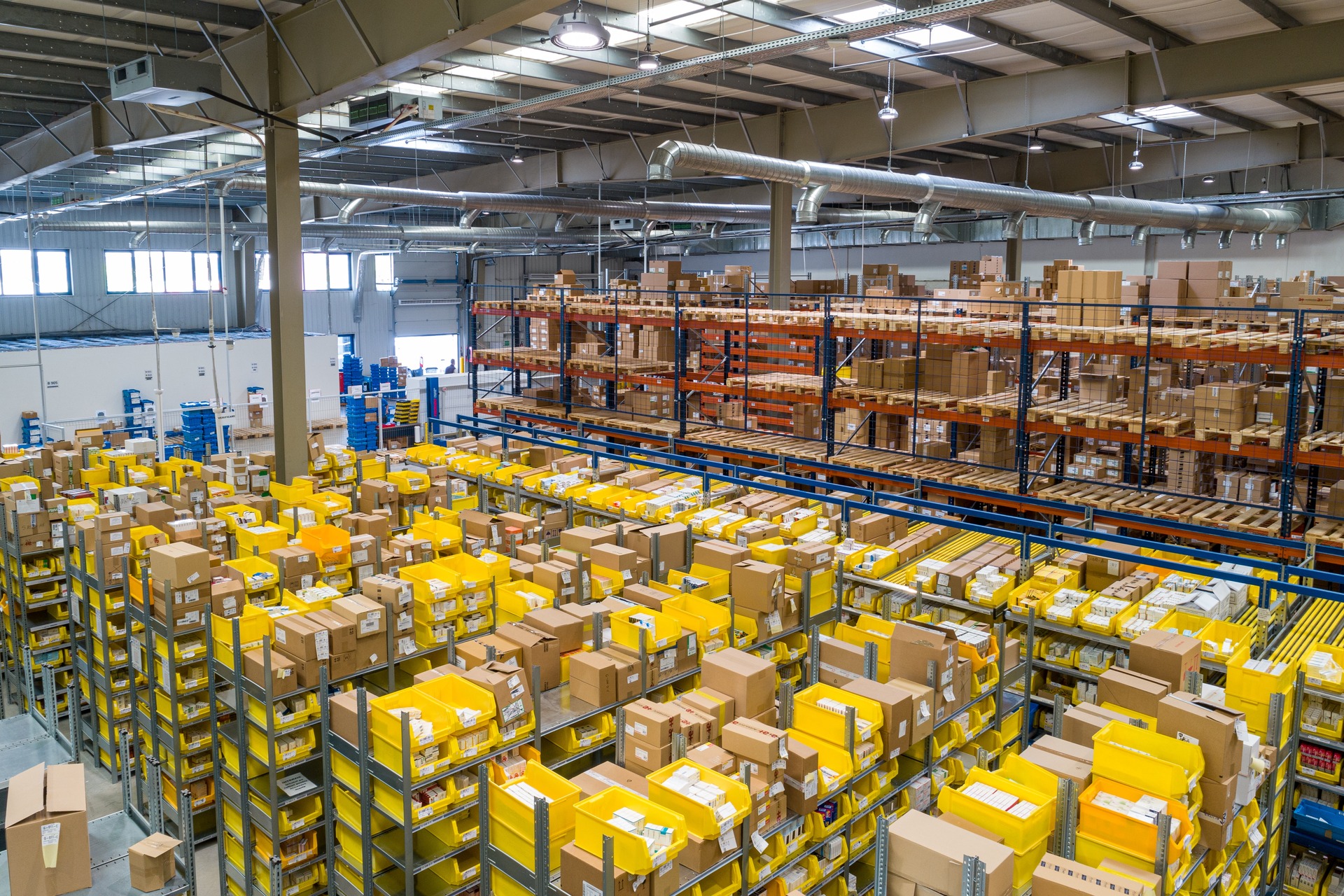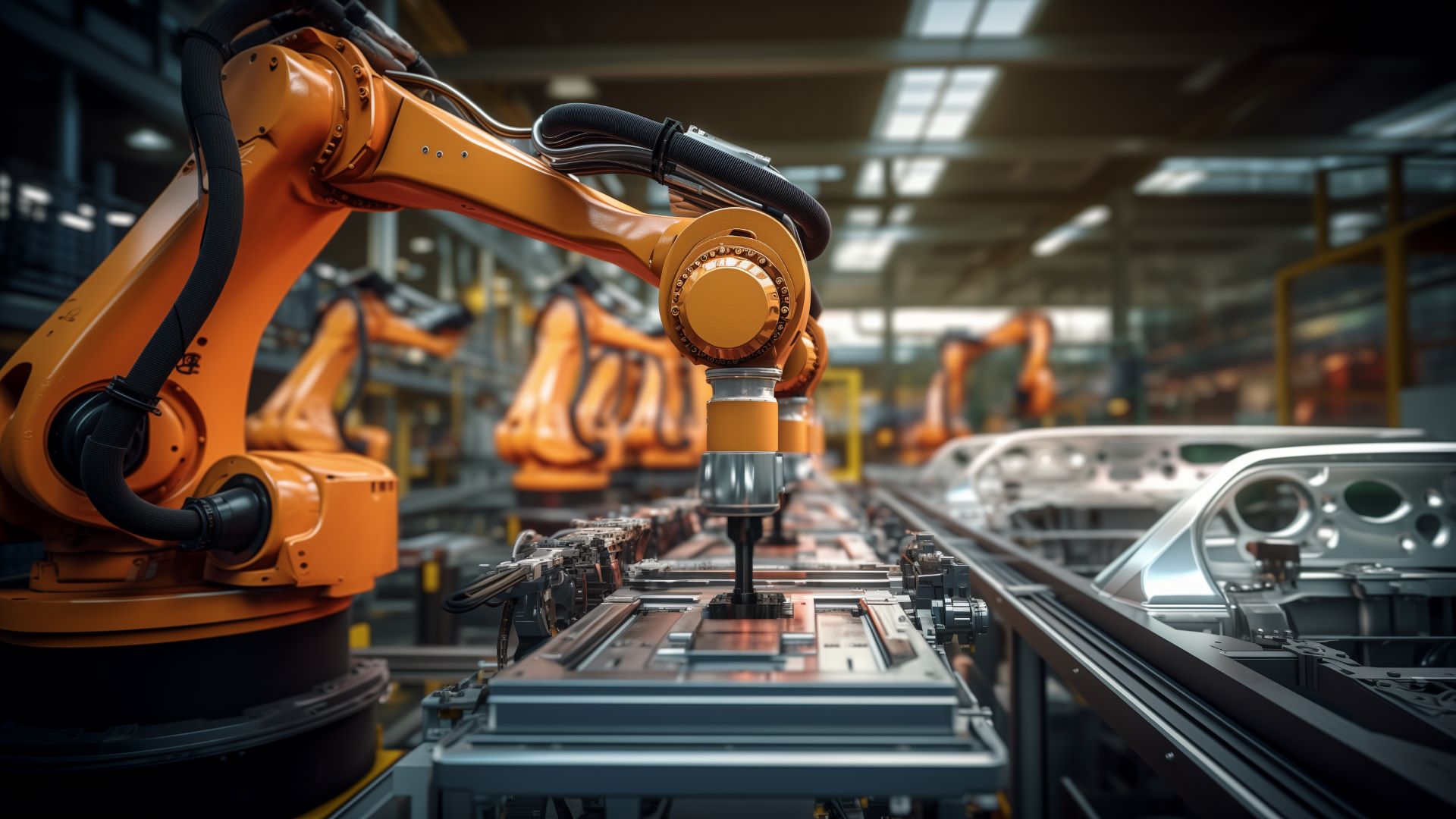
How Manufacturing Jobs Will Change Over the Next Two Decades
August 31, 2021 - Revolutionized Team
Revolutionized is reader-supported. When you buy through links on our site, we may earn an affiliate commission. Learn more here.
This guest article was submitted by Tim Grady.
The predictions about manufacturing employment haven’t changed much over the last 5 years, where the outlook has been that millions of available jobs would be unfilled by 2025. Even by 2030, the prediction is that manufacturers will have 2 to 3 million jobs available, yet vacant. However, neither manufacturers nor software engineers will simply stare and wonder what to do. This is what we anticipate the future of manufacturing will look like in the 2020s.
Is Forced Replacement the Future of Manufacturing?
Oddly, as Covid wanes, workers resist returning to work. It has little to do with health and safety. It has more to do with government hand-outs. Many guests on the Manufacturing TalkRadio podcast reference it time and again. Why work for the next buck when the last one was handed to you?
In both the manufacturing sectors and services sectors, employers are having a very difficult time finding people willing to work. With manufacturing booming, manufacturers aren’t going to refuse the business. They will need to accelerate their automation plans.
It isn’t about machines replacing humans in some kind of apocalyptic cruelty. It is about the necessity of conducting business and meeting customer demand with affordable production solutions. By becoming higher cost, less dependable job solutions, humans are creating the very crisis that is resulting in their own replacement – the classic self-fulfilling prophecy.
AoT – The Automation of Things
In 1965, a television show Star Trek hit the airwaves. It was pure science fiction. The medical devices used by Dr. Leonard McCoy and science devices used by Mr. Spock, even the “communicators” were made up in the brilliant minds of writers well before the iPad and mobile phone.
Today, many of those devices have gone from pages of creative writing to the drawing board and even the production floor. Millions of cell phones made are now obsolete. The Tricorder, a hand-held medical scanning and imaging device, is in development by at least three companies.
Science has even proven that phasers are possible, although lightsabers are still a bit out of reach. The point is this – some of what was science fiction 50 years ago is possible today, or even old news, through microelectronics, engineering, software development, and hardware advances.
What was once called the Internet of Things and the Industrial Internet of Things will become the AoT, the Automation of Things. This has been occurring at a rapid rate throughout the last 5 years. It will shape the future of manufacturing. It is also is accelerating as manufacturers evaluate what work can be handled by machines, robotics, and software.
Doing More With Fewer Workers
A decade ago, a sheet metal manufacturer of component parts needed more than a dozen workers managing 4 or 5 machines. These machines and workers cut and formed parts, collected scrap, and moved cut parts to the next machine. At each step, the movement of parts would involve human hands. It was necessary but rather repetitive, mundane work.
Today, carts deliver the sheet metal to the laser cutter, cut components drop into individual buckets beneath the metal sheet, scrap into other buckets, all determined by the program designed for that manufacturer’s use of that machine.
Automated carts then move the components to the next machine and scrap off the plant floor. Sorters take the cut parts and feed them into the next machine in line automating the next process. Even at the end of the line, optical devices inspect the quality of the finished parts and move them onto packaging.
And who or what runs all this? An operator or two with iPads or smartphones communicating wirelessly, managing the entire workflow with cameras watching the production steps to catch any glitches.
It is a symphony of movement, but automation displaced several workers who either must be retrained into another role or are factored out of the production equation. The vision of machines building machines, and even building smarter machines from stories in science fiction just 20 years ago has become reality in the 2020s
The Future of Manufacturing Is Underway
Software developers, machinery builders, visionary engineers, finance executives, supply chain managers – everyone throughout organizations is looking 5, 10, even 20 years ahead to design systems today for the future of manufacturing. Every manufacturing job will undergo change, and likely at an increasing pace, from the initial inquiry to the final invoice. The absence of willing workers brings every job function today into question for tomorrow, not just the unfilled jobs.
This is manufacturing revolutionized – the constant, unrelenting, ongoing alteration and modification of how work is performed to keep manufacturers competitive in an economy that stretches from local to global. Those who automate have a shot to thrive; those who remain idle will go the way of the horse and buggy.
This guest article was submitted by Tim Grady.
Tim Grady is a business advisor, writer, author, magazine editor, public speaker, talk show host, and blogger on diverse business topics. He has consulted with companies in over 30 industry sectors in both manufacturing and non-manufacturing on all aspects of business operations, systems, processes, and technologies. He can be reached at timgrady@comcast.net.
Revolutionized is reader-supported. When you buy through links on our site, we may earn an affiliate commission. Learn more here.







